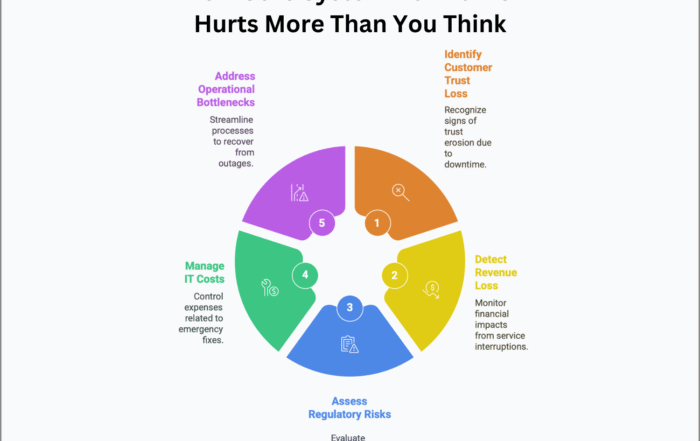
Identifying the need for core banking transformation to enhance customer experience, ensure compliance, and remain competitive in the face of evolving banking demands and technological advancements.
In the ever-evolving landscape of banking and financial services, change is an inevitable constant. To stay ahead of the curve and maintain operational resilience, banks must be proactive in embracing change, particularly when it comes to their core banking systems. Here are some signs that your bank may need to embark on a core banking transformation journey:
1. Legacy Systems Holding You Back
Legacy core banking systems, while reliable in their prime, may eventually become outdated and inflexible over time. If your existing systems are struggling to cope with modern demands, consuming excessive resources for maintenance at the expense of innovation, it might be time to consider a core transformation that positions your bank on a foundation for the future.
2. Customer Experience Falling Short
Today’s digital customers demand personalized, seamless experiences across all touchpoints. If your bank is falling short in delivering this, it could be a red flag that your core systems are letting you down. A modernized core can breathe new life into your entire customer experience, ensuring seamless integration across branches, mobile apps, and digital channels.
3. Complacency with Traditional Processes
The adage “that’s the way we’ve always done it” is no longer sufficient in today’s rapidly changing banking landscape. Core banking transformation is not only about technology but also about fostering a mindset of constant improvement and evolution. Modernizing your core can open up new ways of thinking, operating, and serving your clients.
4. Compliance and Security Concerns
Compliance and security are mission-critical in the banking industry. If maintaining compliance and implementing robust security measures are becoming increasingly difficult and costly with your existing systems, it may be a strong signal to undertake a core transformation to future-proof your bank.
5. Changing Competitive Landscape
With the rise of fintechs, neo-banks, and other disruptors, the banking landscape is being reshaped by entities unencumbered by legacy systems and processes. To remain competitive, your bank needs to be nimble enough to quickly adapt to market changes, customer needs, and emerging technologies. A modern, flexible core banking platform can be the key to staying ahead and avoiding disruption.
While a core banking transformation is a significant undertaking, the alternative of staying stuck in the status quo while everything around you is in flux can be equally challenging. By listening for signs of operational inefficiencies and shortfalls in customer experience, you can make an informed decision on when your bank’s core is ready for modernization.
Remember, core transformation is not just about technology; it is about future-proofing your bank, fostering an innovative culture, and preparing for success in the banking landscape of the future. While the journey may be tough, the rewards in terms of operational resilience, agility, and customer-centricity are well worth the effort.
Found this article interesting? Check out these three related reads for more.
- Building operational resilience for banks in the digital age
- Continuous corporate transformation Navigating persistent change
- AI-driven core banking modernization Revolutionizing customer experience and operational efficiency
#BankingTransformation #CustomerConcerns





